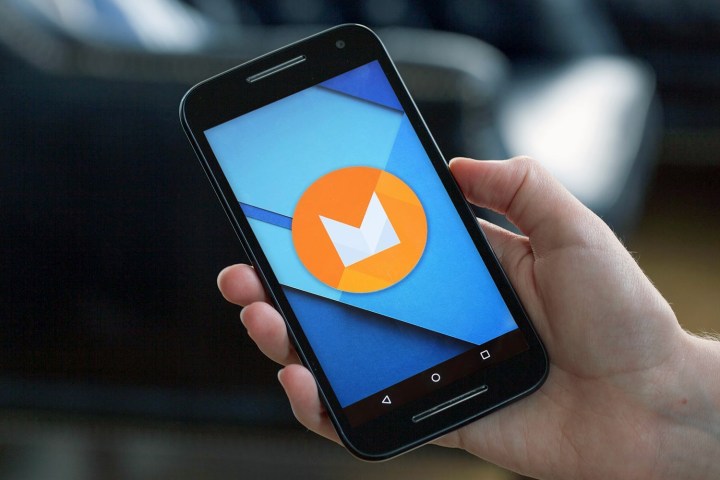
Only 7.5 percent of all Android devices seem to be digging into their s’mores with the latest 6.0 Marshmallow update, according to the latest statistics from Google’s Android Developer Dashboard. Most smartphones are still sucking on Lollipop, Android 5.0, which maintains the largest share — 35.6 percent. Android KitKat is in a close second at 32.5 percent, followed by Jelly Bean, which is running on 20.1 percent of all devices.
Google receives these numbers by counting all the devices that visit the Google Play Store during a seven-day period that ended on May 2.
Marshmallow, now almost eight months into its release, is up by 6.8 percent from January of this year, and up by 4.6 percent just a month ago. The stagnant growth reflects one of Android greatest flaws: its fragmented update cycle. When Google pushes operating system updates, apart from its Nexus and Android One smartphones, those updates then have to go through testing from carriers, such as AT&T and Verizon, as well as manufacturers, such as Samsung and LG.
Apple, on the other hand, doesn’t have to deal with this problem, as the company is the sole manufacturer of iPhones, iPads, and iPod Touches. The company’s last big OS upgrade, iOS 9, is now running on a whopping 84 percent of devices.
Google has been pushing for manufacturers and carriers to update their devices sooner, and this year, the company rolled out the developer preview from its upcoming flavor of Android early. The search giant wants to hand off the final version of Android N to manufacturers in the summer, so they can test it with their devices and push the update far closer to when Google rolls it out.
Android 2.2, Froyo, is still on 0.1 percent of devices, and Ice Cream Sandwich hangs on at 2 percent, while the older Gingerbread version remains at a higher 2.2 percent.


